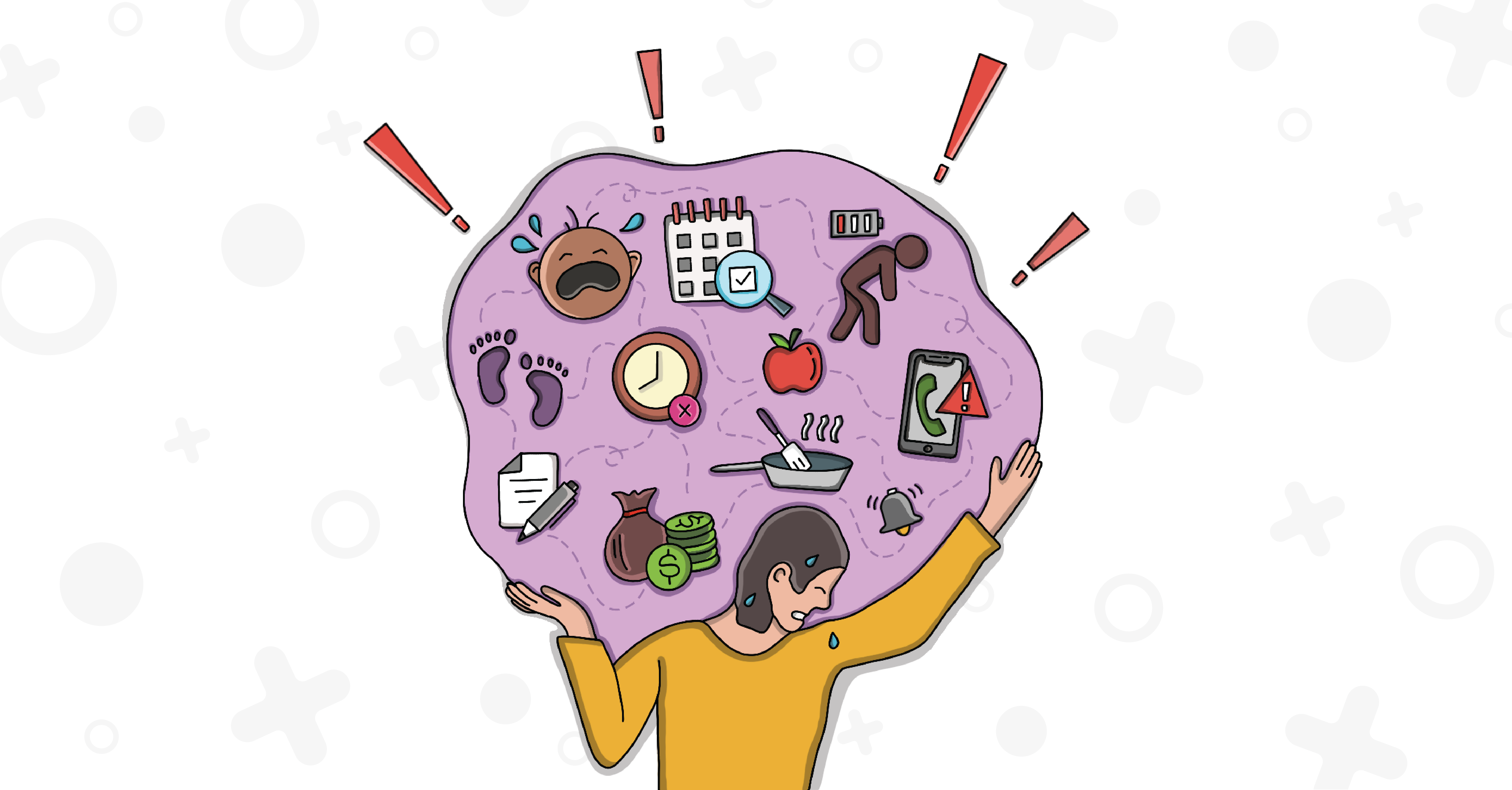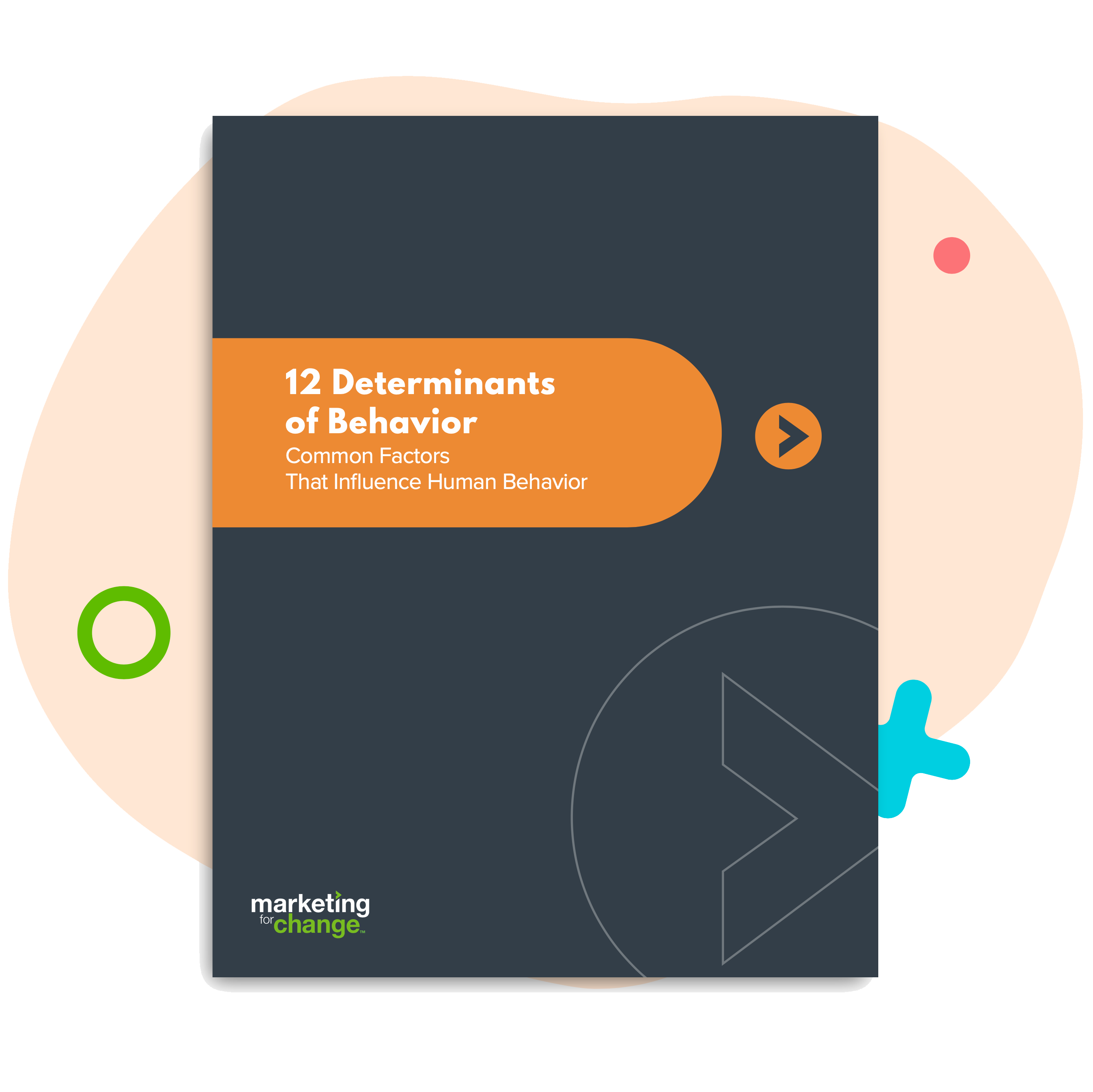
Six Reasons We Have Every Right to Influence Other People’s Behavior
What gives anyone the right to influence other people’s behavior?
Who am I, working just outside Washington, DC, for some non-profit, foundation or even your own government, to wield influence over what you do?
It’s your choice, your life, right? Shouldn’t the government, and the rest of the do-gooders out there, just get out of the way and let it happen?
Maybe. But to all those arguing that social marketing — this concept of using the tools of marketing for social good — is just another form of socialism, I think a reply is in order. Because social marketing actually helps us preserve individual choice in an interdependent world. We do all live on the same planet, after all. We share neighbors, sewers, sidewalks and economies. Our choices are already externally influenced, by accident if not by design. And our futures are already tied, regardless of what we do or where we live.
This idea that government and nonprofits should stick only to education, leaving behavioral outcomes to chance, is not just wrong. It’s dangerous. It cedes the field of real change to those profiting off today’s inefficiencies and injustices. So today, I’d like to offer some counter arguments. Below are six reasons we don’t just have the right to influence behavior — it’s our responsibility.
6. We are already doing it.
Our physical and virtual worlds already influence us, sometimes by design and sometimes by chance, whether it’s the placement of a soda machine or the user experience of a website. We are bombarded by advertising. Phones ping for our attention. Music lures us into bars. Subsidized corn syrup makes fast food cheaper. In behavior-change marketing, we are simply looking for ways to help good behavior compete.
Just as commercial marketers and even foreign governments look to influence us using factors such as bias and social identity, so must nonprofits and your government take these and other behavioral determinants into account. To do otherwise is essentially lighting taxpayer dollars on fire — a waste.
5. The tragedy of the commons.
What’s right for you may not be what’s right for all of us. In this “tragedy of the commons,” people acting in their own self-interest can deplete or ruin resources that are in our common interest to protect and preserve. Think of a fishing boat looking to maximize its catch. The boat’s individual haul may be easily replenished naturally. But multiply that boat many times and overfishing can destroy the resource: Now, no one can catch enough fish to survive.
Behavior-change marketing attempts to align individual motivations more squarely with the common good. Essentially, we try to make it beneficial for individuals to act for the long-term benefit of us all.
4. People are predictably irrational.
As humans, our judgments are inherently flawed, predictably so as Daniel Kahneman and Amos Tversky — the founding fathers of behavioral economics — have famously shown. We are biased toward optimism and the status quo. We quickly become overconfident with a little experience, ignore facts that challenge our assumptions and are often guided by faulty mental shortcuts. These realities are not altered by education.
In behavior-change marketing we recognize these realities and balance for them to help people meet goals like saving for retirement and eating healthier foods. If we treated people like logical robots, we’d be dooming them to wonder why they did so poorly in the end.
3. The externalities will kill us.
Externalities is the term economists use for results of an activity that fall outside the driving supply-and-demand dynamic that powers the market. Climate change is an externality. When no one has to pay for the damage — not the coal mine or the consumer or anyone in between — there is no natural reason for the market to adjust. We just slowly (or maybe more quickly than we realize) make things worse.
The most powerful market-based solution in climate change, as almost any economist will tell you, is a global carbon tax. People still retain their choices — what energy to use, how warm or cool to keep their homes — but the true cost of those choices is now baked into the market. With the viability of that approach not looking promising (it’s tough to get even a single state to consider it), behavior-change marketing offers another way to address this and other externalities.
Marketers can tap into other ways to influence behavior, not by trying to educate consumers into caring about the ramifications of their individual choices (remember the tragedy of the commons above), but by making sustainable behaviors more attractive.
2. Helping is more complicated than it looks.
Maybe you’ve noticed that government systems, over time, often grow cumbersome, inefficient and even inaccessible to the intended beneficiaries. To address these issues, agencies often try to “educate” beneficiaries into submission, assuming the issue is one of knowledge and understanding.
Often, it’s more a commentary on the system itself. Users figure out where it’s easier and maybe cheaper for them (if not the system) to get help. Or there are competing factors the system doesn’t recognize. The issue is not what people don’t know. It’s what they do know.
Behavior-change marketing is about looking at the intended behavior (for example, using nutrition tips or getting dental checkups) from the actor’s point of view. Examining consumer needs and the user journey is at the heart of consumer research, which can often be much more illuminating than trying to explain yet again how the existing system is supposed to work.
1. Moral hazards and unintended consequences.
Finally, focusing on how people behave and not just what they know helps governments and others avoid moral hazards and unintended consequences.
Are you really helping seniors if they know about Medicare Advantage but remain in an underperforming plan because they receive a poorly timed prompt to shop around? How did so many mortgage issuers in 2007 encourage so many borrowers to purchase homes they could not really afford?
These are challenges that benefit from the behavioral lens social marketers apply to their work.
The bottom line
In the end, the behavior-change marketing approach preserves individual choice. In fact, we play to the wants and needs of the deciders — the people we need to act. This to me seems like a market-based solution, not an autocratic one.
So the next time you hear an argument against government taking behavioral outcomes into account, think about who retains that power. Who is making the choices about the environment that will inevitably influence what you do?
Is the alternative really leaving more freedom to the average person or is it just protecting the status quo? Worse yet, is it locking in unfair advantages and inefficiencies for the benefit of those who, indeed, take behavior very much into account?

Peter is the founder & chief insights officer of Marketing for Change.






